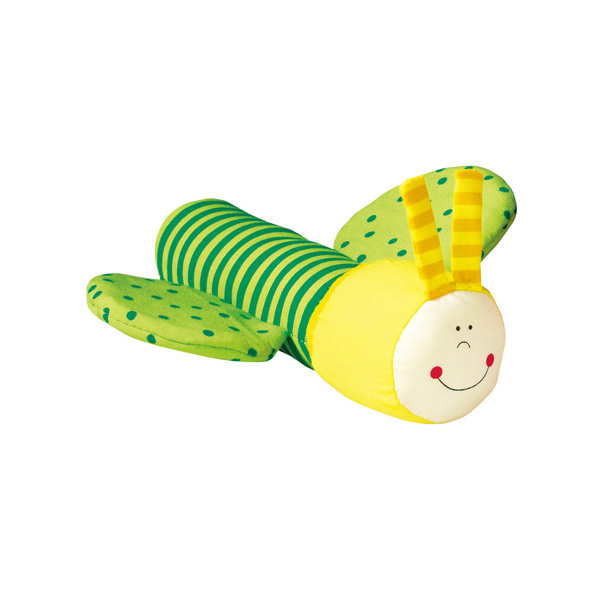
At this point, continue with the repotting instructions below. After several days, a callous will form over the wound. Next, take the bare plant and place it in a warm area that gets indirect light. To trim the stem: Cut off part of the stem, leaving as much as possible on the plant. Note that this is risky and could kill the plant. If your plant has a very long, spindly stem that won’t fit in the pot, it is possible to trim the stem off partially.(See the “Care” section of this page for instructions on removing and potting pups.) If your plant has any pups, remove them now.Remove the aloe vera plant from its current pot and brush away any excess dirt from the roots, being careful not to damage the roots. A doubled-up piece of paper towel or newspaper can also work in a pinch, though these will break down over time. After giving the new pot a quick rinse (or a good scrub if it’s a pot you’ve used before) and letting it dry thoroughly, place a small piece of screen over the drainage hole this will keep the soil from falling out the bottom and will allow water to drain properly.

If your aloe plant has grown leggy, has gotten too large, or simply needs an upgrade, it’s time to repot it.
Fidelia olavera email how to#
Photo by cgdeaw/Shutterstock How to Plant (or Repot) an Aloe Vera Plant Rooting hormone can be found at a local garden center or hardware store or bought online.

The margin of the leaf is serrated with small teeth.īefore you buy an aloe, note that you’ll need a location that offers bright, indirect sunlight (or artificial sunlight).

The plant is stemless or very short-stemmed with thick, greenish, fleshy leaves that fan out from the plant’s central stem. About Aloe VeraĪloe vera is a succulent plant species of the genus Aloe. Aloe vera is so rewarding! The juice from their leaves can even be used to relieve pain from scrapes and burns. Learn all about aloe vera plant care-from how to care for aloe vera to how to grow this succulent both outdoors and indoors in your home.


 0 kommentar(er)
0 kommentar(er)
